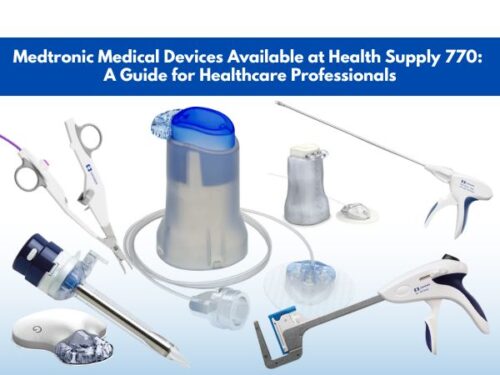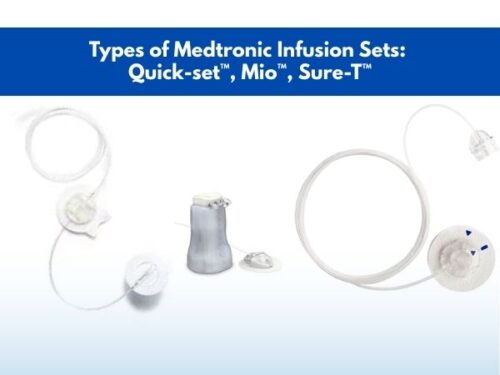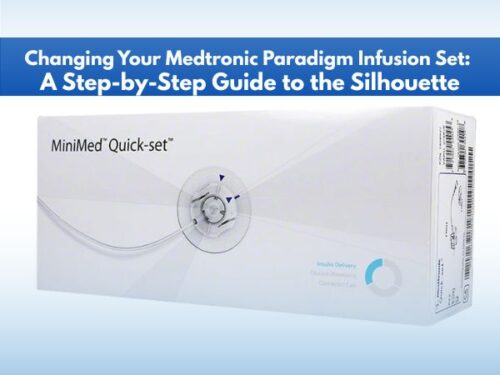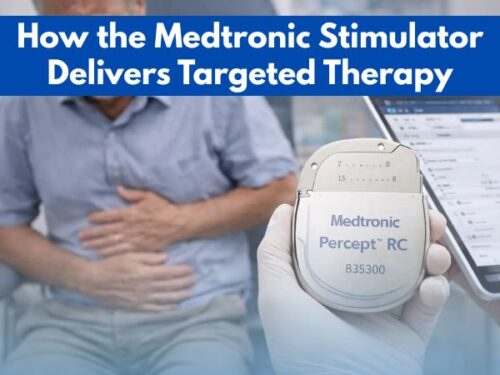What is Prevantics Swab Used for?
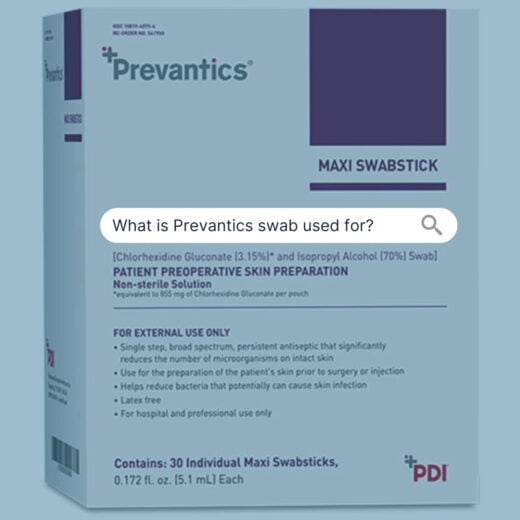
Bacteria, along with other microorganisms, are so ubiquitous that we cannot ever escape them. As soon as a chance is provided, they enter the bloodstream and start an infection. But this risk further elevates when a person is admitted to a hospital as frequently coming patients keep exposing the surfaces as well as the environment to all different kinds of microbes resulting in the need to disinfect every medical device before its use.
For this purpose, among the many measures being adopted, the use of Prevantics swabs also occupies a distinct place. These are to be applied to the needleless access sites in order to disinfect them prior to use. It has been reported that the use of these swabs has resulted in 44% lesser infections in hospitalized subjects.
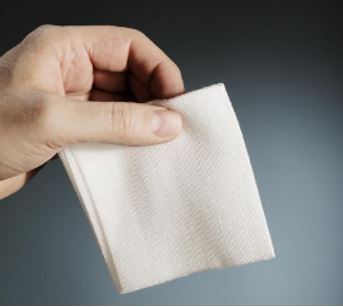
A gauze
Uses of Prevantics swab
These antiseptic swabs are primarily used for skin preparation before medical procedures to reduce the risk of infections. They are typically saturated with an antiseptic solution containing either chlorhexidine gluconate or povidone-iodine. These antiseptics are used to disinfect the skin by reducing the number of potentially harmful microorganisms.
The main uses of Prevantics swabs include:
-
Surgical Procedures:
Prevantics swabs are often used by medical professionals to clean the patient’s skin before surgical procedures. By reducing the microbial load on the skin, the risk of surgical site infections is minimized.
-
Venipuncture and Injections:
Before drawing blood or administering injections, healthcare providers may use Prevantics swabs to disinfect the area of the skin where the needle will be inserted. This helps prevent the introduction of pathogens into the bloodstream.
-
Catheter Insertion:
Before inserting urinary catheters, central venous catheters, or other types of medical tubes, the skin around the insertion site is typically cleaned with antiseptic swabs to prevent infections.
-
Dressing Changes:
When changing wound dressings or managing wounds, Prevantics swabs can be used to clean the surrounding skin and reduce the risk of contamination.
-
Preventive Measures:
Prevantics swabs can be used for general skin disinfection in various medical settings to reduce the risk of infections, especially in situations where invasive procedures might be performed.
Composition of Prevantics swabs
Prevantics swabs are FDA-approved medical devices that contain a combination of 3.15% chlorhexidine gluconate (CHG) and 70% isopropyl alcohol (IPA) solution (v/v). Both of these swab solutions are beneficial due to having antiseptic as well as disinfectant properties. Each swab contains approximately 1 ml solution of both components.
Chlorhexidine gluconate (CHG)
Chlorhexidine gluconate, a salt of chlorhexidine (CHX), is an antiseptic as well as a disinfectant used to make surgical devices, as well as the skin, be operated part microbe-free.
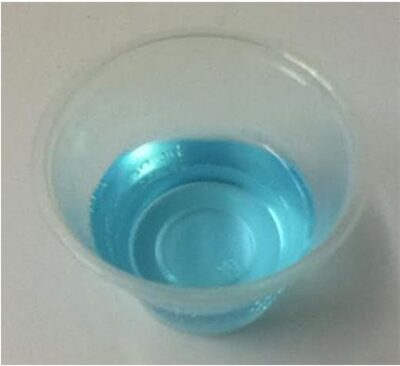
An aqueous solution of chlorhexidine gluconate
Applications of chlorhexidine gluconate
CHG finds multiple applications in the medical field which are as follows:
- It can be used to disinfect urinary catheters before insertion.
- Surgical wounds can be cleaned using CHG solution.
- It can also prevent yeast infections in the oral cavity.
- Healthcare professionals can also use chlorhexidine gluconate in solution or powder form to disinfect their hands before conducting surgery.
- It also finds application in the prevention of dental plaques.
Side effects of using chlorhexidine gluconate
Usually, CHG is safe to use in concentrations recommended by the FDA for medical purposes. However, it can still cause some side effects:
- It can cause irritation to the skin.
- Teeth can be discolored with the use of CHG.
- It can cause irritation as well as redness in the eyes.
- Use of CHG should be avoided on the new tissue to avoid injury or inflammation.
- The patient may be hypersensitive to the drug which may start an anaphylactic reaction with consequences leading to fatality.
Isopropyl alcohol (IPA)
Isopropyl alcohol or isopropanol, abbreviated as IPA, is a disinfectant in nature. It is a colorless liquid with a fruity smell.
Applications of isopropyl alcohol
Isopropyl alcohol is extensively used in:
- It is used as rubbing alcohol onto the skin due to its antiseptic property.
- It acts as an effective disinfectant on surfaces.
- IPA can be used to sanitize hands before conducting a medical procedure.
- As a solvent, IPA is used in the pharmaceutical and cosmetics industries.
- It can be applied on ear wounds that appear after piercing.

Isopropyl alcohol is used to sanitize hands
Side effects of isopropyl alcohol
Although isopropyl alcohol is one of the safest chemicals in use today, yet, once consumed, it can cause some side effects in patients such as:
- Nausea
- Abdominal pain
- Vomiting
- Gastritis (swelling of stomach mucosa)
- Hematemesis (bloody vomiting)
- Edema in lungs
- Pancreatitis (inflammation of the pancreas)
- Lethargy
- Headache
- Dizziness
- Dysarthria (slurred speech)
- Hypoflexia (absent of reflex responses)
- Hypoxia (lower levels of oxygen in the body)
- Aspiration pneumonia
- Hypothermia (decreased body temperature)
- Hypotension (lower blood pressure)
- Rhabdomyolysis (damage of muscular tissue)
- Myoglobinuria (release of myoglobin in urine)
- Coma (in extreme cases)
Steps to using a Prevantics device swab
The following steps must be followed to properly use a Prevantics device swab:
- Make sure your hands are covered with surgical gloves or are sanitized prior to handling a Prevantics swab device.
- Open a Prevantics swab pocket containing a single swab previously incorporated with the disinfectant solutions. Take it out of the pack carefully. Make sure the swab does not tear off.
- Apply the swab to the site which is to be disinfected and rub for 5 minutes.
- After application, air dry the site for 5 seconds to let the solutions evaporate. Make sure not to blow onto the disinfected site or wipe it with something to dry it sooner.
- Discard the used swab in a dustbin.
Merits of using a Prevantics swab
Prevantics swabs are preferred due to the following reasons:
- These are easy to use.
- Swabs are easy to store.
- These are latex free.
- The swabs provide protection against various types of bacteria and thus are termed as broad spectrum
- Individual packing of each swab is advantageous.
- Prevantics swabs are useful for disinfecting terminal parts of the needleless access sites.
- It is also useful for disinfecting the sites in between each access point.
Conclusion
Prevantics swabs are an effective method of decreasing the frequency of infections acquired by the patient due to the use of unsterilized medical devices. Such infections may worsen to cause severe damage in the affected area and beyond. Disinfection with swab sticks prior to use significantly reduces the microbial content on the syringes, needless access ports, and other exposed parts of the medical equipment thus lessening the chances of contracting an infection.
